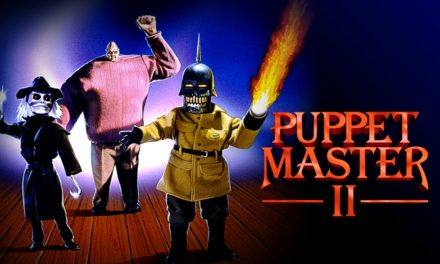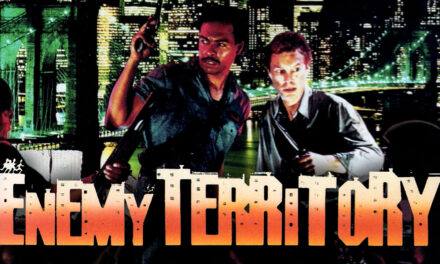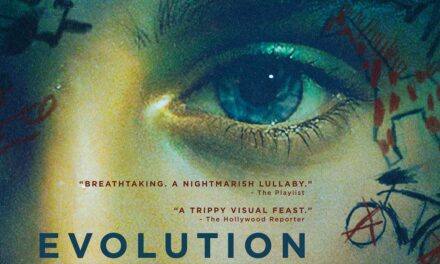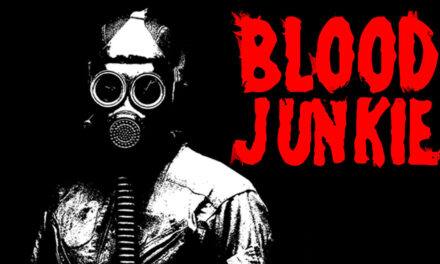Following the release of Son of Frankenstein, Universal announced a new Invisible Man film was in the works. Thanks to the film’s critical and financial success, the studio was confident in moving forward with their monster movies. Austrian filmmaker Joe May was hired to direct, and a then-unknown Vincent Price was cast as the title character. Unfortunately, the film was plagued with production problems, such as going over-budget and behind schedule, as well as language problems. Being Austrian, May didn’t speak much English, so Price, being fluent in German, had to act as translator. Many of the crew members were working so late that they thought the film wouldn’t be finished on time. Like the original, the visual effects were handled by John P. Fulton, using similar techniques to turn a man invisible. After a chaotic production, The Invisible Man Returns was released in January of 1940.
%
Rating
Synopsis
Sir Geoffrey Radcliffe (Vincent Price) has been wrongfully accused of murdering his brother and is sentenced to death. Luckily, his friend Dr. Frank Griffin (John Sutton), brother of Jack Griffin, has perfected a drug to turn oneself invisible. While visiting Geoffrey in prison, Frank injects him with the drug, allowing him to escape and clear his name. After escaping prison, Geoffrey reunites with his fiancee Helen Manson (Nan Grey) before tracking down the ones behind the murder. He interrogates Willie Spears (Alan Napier), an employee at his family’s mining operation who was suddenly promoted, raising Geoffrey’s suspicions. Through Spears, Geoffrey finds out who the real murderer is, but gets sidetracked by delusions of grandeur from his invisibility. Frank and Helen try getting Geoffrey back on the right path, but his grip on his sanity is gradually slipping. Will Geoffrey exact his revenge, or will his invisibility consume him?
Review
Though not as strong as James Whale’s The Invisible Man, The Invisible Man Returns is still a strong sequel. The film’s biggest strength is Vincent Price, who delivers a solid performance that’s as good as Claude Rains. He channels much of the over-the-top theatrics of Rains’ performance while also adding tons of pathos to the character. Sadly, the rest of the cast, though not bad, just go through the motions and aren’t as compelling as Price. However, like the original, the visual effects are impressive and, in some ways, an improvement over the original film’s effects. In fact, at the 1941 Academy Awards, The Invisible Man Returns was nominated for an Oscar for Best Special Effects. It’s certainly a rarity that a horror film gets any sort of attention from the Oscars, but it does happen. Too bad the Academy still ignores horror for the most part.
One thing that detracts from this film is the lack of dark humor that made the original so memorable. There are a few comedic moments here and there, but the lack of it makes it come off somewhat average. Granted, it’s better handled than in Dracula’s Daughter, where the few darkly comedic moments were ruined by the dumber gags. Also, the story feels like a copy of Son of Frankenstein, where the lead struggles between redemption and slipping sanity. Also, this film has a similarly happy ending, though there is at least some suspense about what’ll happen. It’s easy to see how this film had production problems given the huge sets and some of the uninspired acting. Despite that, this is still a solid film and a solid entry in the second wave of Universal Horror. Overall, The Invisible Man Returns is a film that’s not worth having vanish.
Buy The Invisible Man Returns on Amazon: https://amzn.to/34FBWKc




